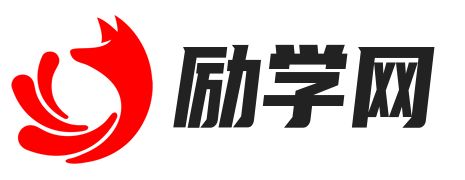
最后更新时间:2024-08-09 11:18:17
语法结构分析
句子:“东野巴人的传统服饰非常独特,色彩鲜艳,图案复杂。”
- 主语:东野巴人
- 谓语:有(隐含)
- 宾语:传统服饰
- 定语:非常独特,色彩鲜艳,图案复杂
句子是陈述句,时态为一般现在时,语态为主动语态。
词汇学*
- 东野巴人:指某个特定的人群或民族。
- 传统服饰:指某个民族或地区传承下来的服饰。
- 非常:表示程度很高。
- 独特:与众不同,有特色。
- 色彩鲜艳:颜色鲜明、亮丽。
- 图案复杂:图案设计繁复、精细。
语境理解
句子描述了“东野巴人”的传统服饰的特点,强调其独特性、色彩的鲜艳和图案的复杂。这可能是在介绍某个民族的文化特色,或者是在讨论服饰设计的美学。
语用学分析
句子在实际交流中可能用于介绍文化特色、服饰设计或者艺术欣赏。语气的变化可能影响听众对“东野巴人”传统服饰的印象,例如使用赞叹的语气会增强其美感。
书写与表达
- “东野巴人的传统服饰以其独特性、鲜艳的色彩和复杂的图案而著称。”
- “在东野巴文化中,传统服饰不仅独特,而且色彩鲜艳、图案复杂。”
文化与*俗
句子中提到的“传统服饰”可能蕴含了该民族的历史、*或社会俗。了解这些服饰的设计理念和使用场合可以更深入地理解其文化意义。
英文翻译
Translation: "The traditional attire of the Dongyeba people is highly distinctive, with vibrant colors and intricate patterns."
Key Words:
- traditional attire: 传统服饰
- highly distinctive: 非常独特
- vibrant colors: 色彩鲜艳
- intricate patterns: 图案复杂
Translation Interpretation: The sentence highlights the unique characteristics of the Dongyeba people's traditional clothing, emphasizing its distinctiveness, the brightness of its colors, and the complexity of its patterns. This could be used in contexts discussing cultural heritage, fashion design, or artistic appreciation.
